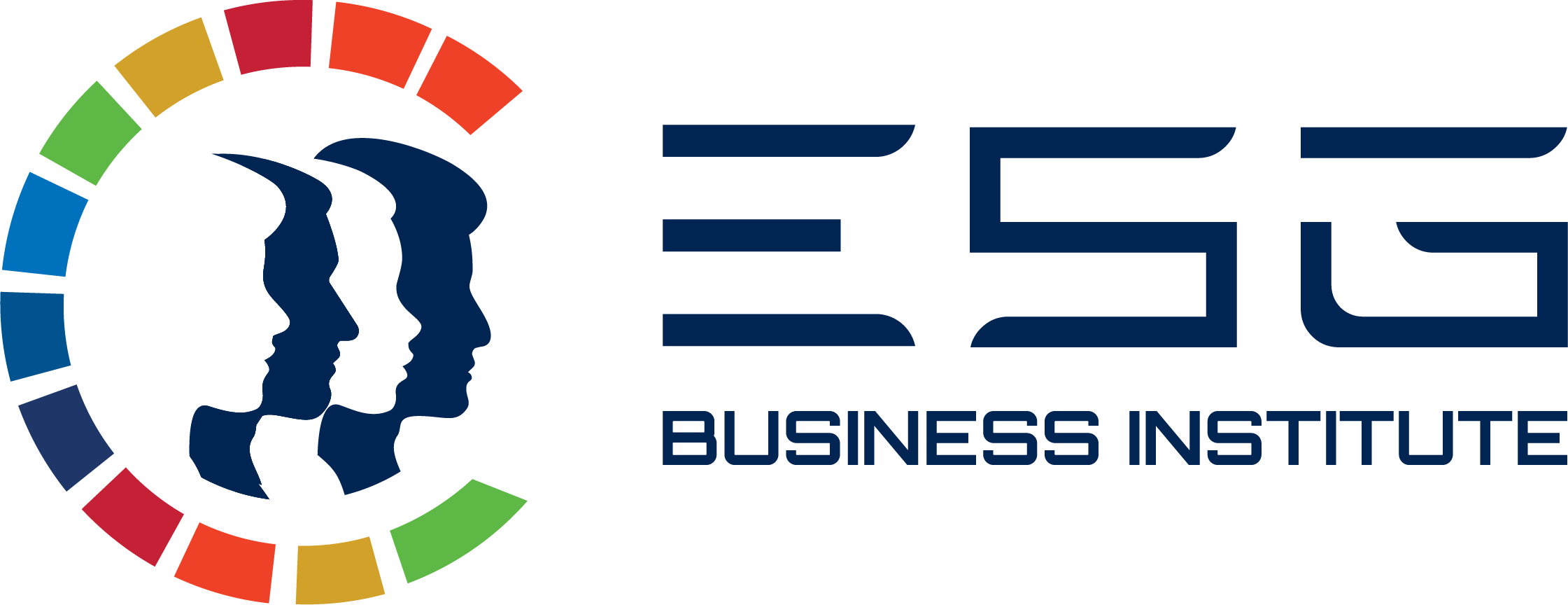
How we process waste—whether industrial, municipal, or household—continues to shape the boundaries of sustainability and regenerative innovation. This week, we spotlight a compelling example from the cosmetics industry, where Lush is rethinking manufacturing through circular design. Our Featured Article takes you inside Lush’s Green Hub, where waste becomes a resource through hands-on reuse, recycling, and recovery strategies. It’s a case that shows how businesses can build regenerative systems from the ground up.
In Essential Reads, we explore a range of waste-related challenges and breakthroughs—from the emissions problem with energy-from-waste in China to innovative food redistribution efforts in Georgian cities. Cases like Connecticut’s infrastructure grants and the global shift in plastic recycling via irradiation further highlight the wide spectrum of action now underway to handle waste more intelligently and responsibly.
The Research Corner draws attention to the long-term impact of sustainability roles inspired by social movements. A study from Administrative Science Quarterly shows how recycling coordinators helped institutionalize environmental values—yet their roles gradually disappeared, reminding us of the importance of structural change.
Let’s delve into how waste, when processed with intention, can become a resource—and a catalyst for broader regenerative transformation.
Featured Article:
Circular Beauty in Action
In this Forbes article, Innovations In Waste Processing At Lush Cosmetics, I explore how Lush is rethinking sustainability through its innovative manufacturing and waste practices. During my visit to Lush’s Green Hub in Poole, UK, I observed firsthand how the company is integrating circular economy principles into its core operations—from product formulation to packaging recovery. Lush’s unique approach to “fresh manufacturing” mimics food production, emphasizing short shelf lives, decentralized facilities, and ingredient integrity. This model not only improves product efficacy but also significantly reduces overproduction and waste.
A highlight of Lush’s circular strategy is the Green Hub, a centralized facility where waste is processed under five guiding principles: re-use, recycle, repurpose, recover, and repair. This hub recycled 81% of the company’s UK manufacturing waste last year and donated thousands of surplus products. Lush’s closed-loop systems and hands-on practices set a strong example for how businesses can embed regenerative design across their operations, especially in an industry with traditionally high environmental impact.
Read more: Innovations In Waste Processing At Lush Cosmetics
Essential Reads:
Everyday Reuse
The Petaluma Reusable Cup Project was the first U.S. citywide initiative to offer free reusable to-go cups. Partnering with brands like Starbucks, the program replaced single-use cups at 30 businesses. Over 220,000 cups were returned in three months, showing that a community-led reuse model can deliver measurable environmental impact and scale across other cities.
Food Fight
Urban areas are key to tackling food waste. Georgia leads by example, enacting a national law to cut food loss and promote food donation. With FAO and EU support, municipalities like Tbilisi and Tskaltubo are piloting food banks and redistribution networks. The initiative includes legal frameworks, awareness efforts, and local waste assessments to foster sustainability and food security.
Read more: Recover and redistribute: Georgia’s cities lead food loss & waste fight
Debris Removal Fiasco
Homeowners impacted by wildfires face confusion as the County reverses its debris removal policy days before the March 31 opt-in/opt-out deadline. Those opting out now must wait for USACE to remove hazardous waste, despite prior approval for private contractors. This sudden change leaves many in limbo with expensive, unusable contracts and no clear removal timeline.
Read more: Chaos reigns over debris removal process
Vintage Waste
An employee discovered a pristine IBM Model M keyboard in their office e-waste bin—an item worth up to $200. The disposal shocked Redditors, highlighting how unaware people can be of the value in old electronics. This wastefulness adds to the $57 billion in annual e-waste losses and underscores the need for smarter recycling and resale habits.
Read more: Employee floored after discovering shocking item in waste bin at their office: 'Sad'
Irradiation Breakthrough
Plastic recycling is heavily critiqued for being more hype than reality. But that does not mean we should not still look for innovation in this area. Radiation technology is transforming plastic recycling by making it possible to convert hard-to-recycle waste into durable, high-performance materials. Through gamma and electron beams, irradiation enhances recycling purity, complements chemical processes, and even enables bio-based plastic production. The IAEA’s NUTEC Plastics initiative is driving this innovation globally, aiming to tackle plastic pollution from land to sea.
Read more: Revolutionizing Plastic Recycling Through Irradiation
Grant Boost
Connecticut’s DEEP awarded $15 million in grants to support waste management infrastructure, aiming to lower disposal costs and increase recycling and food scrap diversion. The funds will develop composting systems, sorting facilities, and reuse exchanges across several municipalities. This is the state’s largest waste infrastructure investment, fostering sustainable, cost-effective solutions for local communities.
Read more: DEEP awards $15M in grants for waste management
Waste Repatriation
The UK has sent the second of three high-level radioactive waste shipments to Germany. Seven vitrified waste flasks from Sellafield were transported to the Isar interim storage facility. This move fulfills international agreements and supports Germany's post-nuclear transition. One final shipment remains to complete the decades-long waste return process from UK and French reprocessing.
Read more: Second-last high level waste shipment departs UK for Germany
Research Corner:
This new Administrative Science Quarterly study explores what happens after organizations respond to social movement pressure—particularly how such movements influence long-term organizational change. By analyzing 25 years of online discussions among over 1,000 recycling coordinators in higher education, the authors show how these professionals helped embed environmental values within institutions. Despite their success in advancing sustainability, the occupation itself faded, highlighting the fragile nature of movement-backed roles.
Read more: Wasted? The Downstream Effects of Social Movement–Backed Occupations
Quick Takeaways:
Cup reuse push: Community return systems work.
Plastic sorting priority: Sort plastics and upgrade technology.
Tackle food waste: Support local food donation systems.
Clarify disaster rules: Ensure consistent debris removal policies.
Value old tech: Avoid tossing reusable electronics.
Boost recycling: Use irradiation to improve plastic reuse.
Fund local solutions: Invest in composting and reuse infrastructure.
Honor waste deals: Complete international waste return agreements.
